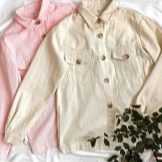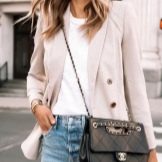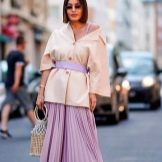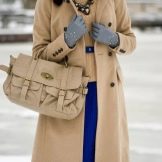All about wooden buttons
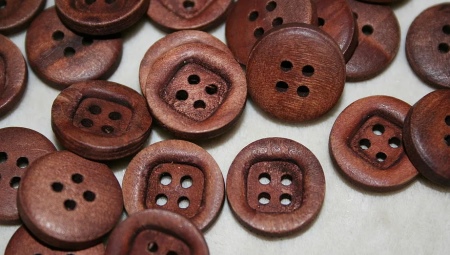
At all times, wooden buttons have been very popular. They are well suited for any type of clothing, and also have many advantages over plastic and metal accessories. In order to familiarize yourself with wood fittings in more detail, it is recommended to study the main characteristics, as well as selection criteria.
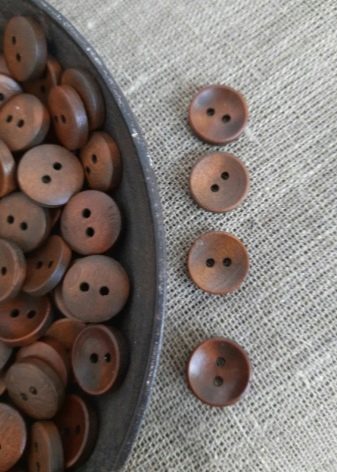
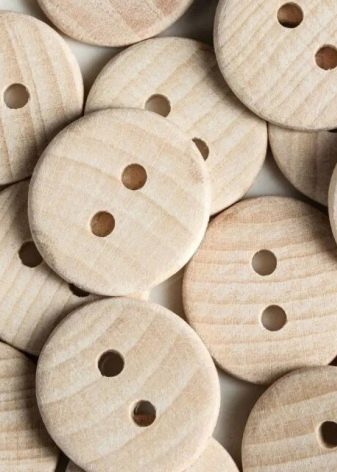
Characteristic
Wooden buttons are made by hand or machine. For this, hard-leaved tree varieties are most often used. So, the vast majority of fittings are made from apple trees. Such wood is durable, resistant to chipping, which allows you to perfectly work out even the smallest details.
In addition to the apple tree, the following are used:
-
oak;
-
Cherry;
-
beech;
-
birch and some other types of wood.
The advantages of wooden buttons are strength, different shapes, versatility. The disadvantage is the relatively high cost. And also with frequent washing, wooden fittings can be deformed if the decorative top coating does not perform a protective function.
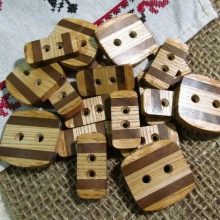
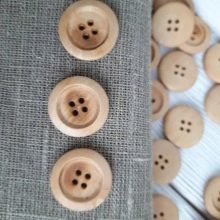
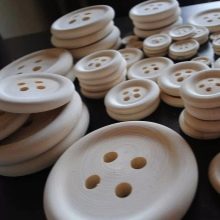
The process of making buttons from wood consists of several stages.
-
First, the button is cut from the blank. At this stage, it is shaped and holes are made for the threads.
-
The next step is grinding.
-
At the final stage, a special polishing coating is applied to the fittings. It gives a more attractive appearance, and also protects the wood from moisture and all kinds of pollution.
All wooden buttons are different from each other:
-
in shape (the most common are round, oval and square, but there are many other options);
-
by material of manufacture;
-
by the number of holes on the central part (the most common options are 2 or 4 pieces).
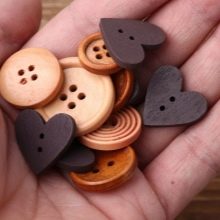
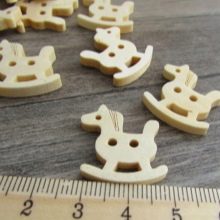
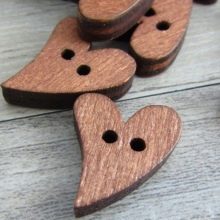
It is noteworthy that long buttons up to 5 cm are very often used for coats.
Buttons are ordinary and decorative for their intended purpose. Children's wooden buttons are often made in the form of curly accessories, some of them have inscriptions. The color of the buttons can have natural shades or be dyed with dyes. If we talk about the first, then among themselves they are divided into dark and light.
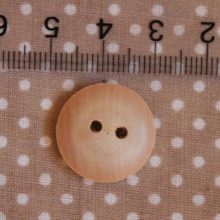
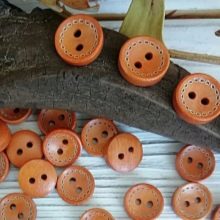
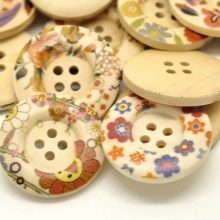
Choice
In order to choose wooden buttons, several important factors must be taken into account at the same time. So, fittings should be matched to the shape. Large buttons are usually fastened with outer loops. The little ones are able to penetrate the buttonholes placed directly on the clothes.
The second criterion is the appearance of the fittings. It all depends on individual preferences. So, for clothes of a classic style, fittings of the correct shape are better suited: a circle, an oval, a square. For non-standard items, you can choose something more original. Accessories for children's clothing are more expensive, but they are almost always distinguished by their originality in form. Buttons can be in the form of flowers, animal faces, emoticons.
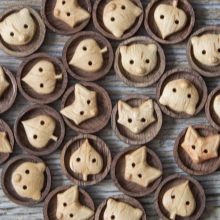
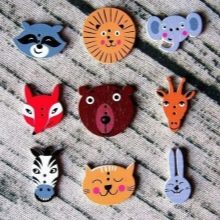
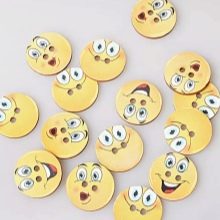
Application
Wooden buttons have two main purposes: useful and decorative. By useful means that they serve as a fastener. Decorative ones do not carry a payload, but they make the thing visually more attractive.
Usually, Buttons for decoration have an unusual shape, rather large size, they look unusual outwardly. Sometimes one wooden button is sewn only on the collar of outerwear. In this case, it performs two functions at the same time: it serves as a decoration and fastens the collar (hood).
Despite the fact that the cost of wooden buttons is more expensive than plastic buttons, they are bought much more often. They are ideally combined with both light summer clothes and warm coats.
